Companion Planting With Borage – Plants That Grow Well With Borage
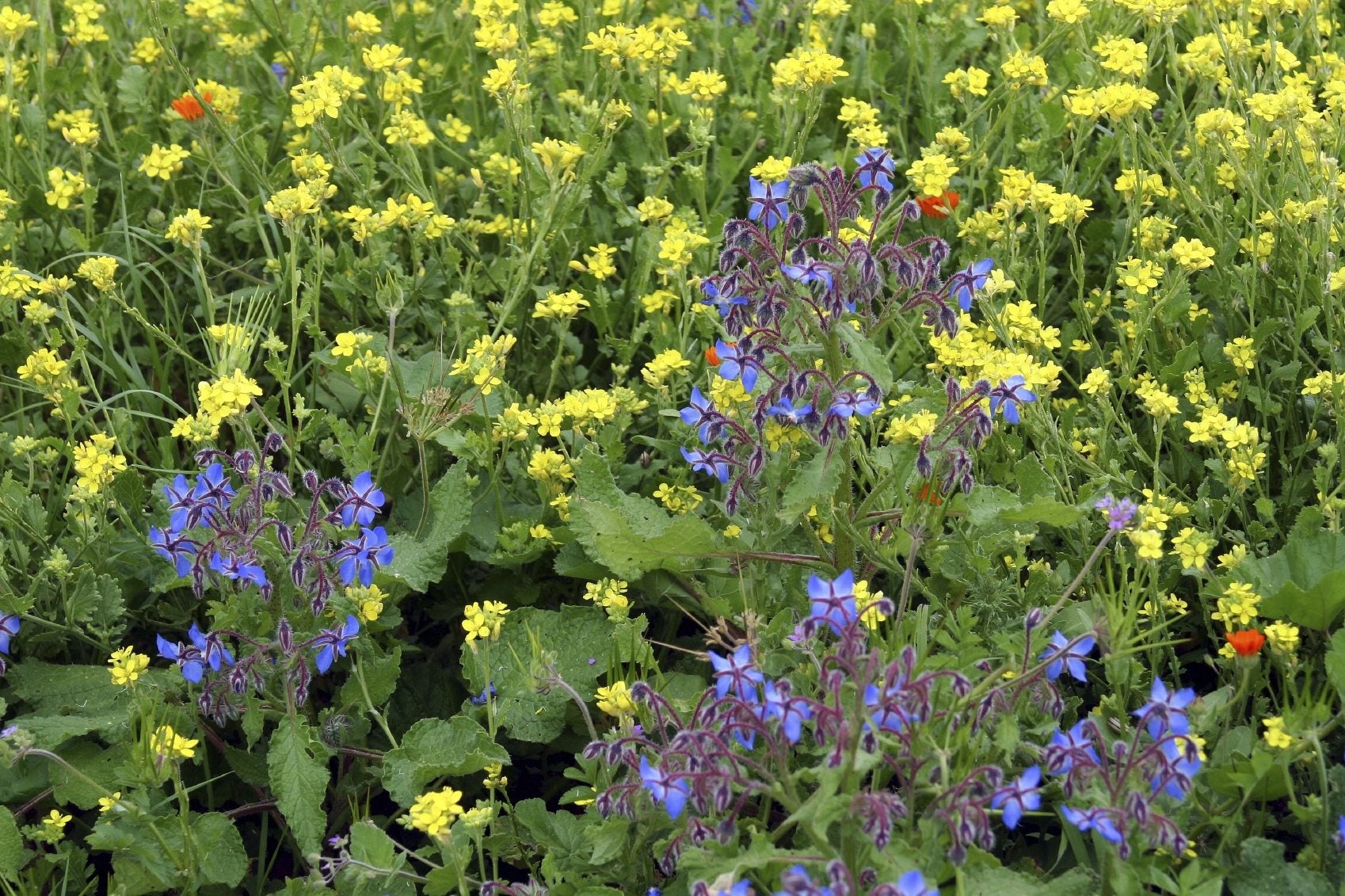

Companion planting is based on the idea that some plants perform better if they are located near a strategic plant partner. This partner may attract beneficial insects, improve soil quality, or even share root space in a mutually beneficial manner. Read on to learn about borage and companion planting.
Plants That Grow Well with Borage
Using borage (Borago officinalis) as a companion plant is a good choice. Plants that grow well with borage include:
The borage companion plant is said to repel tomato worms and cabbage worms because borage attracts beneficial insects, such as bees and tiny wasps. As we know these are great plant pollinators, they also repel garden pests. Additionally, borage works well in the garden alongside many types of herbs and flowers. So, bring on the borage as a companion plant!
Companion Planting with Borage
Companion planting with borage is a rich subject. Borage has a reputation for improving the flavor and growth of strawberries. This may be due to the fact that it adds trace minerals to the soil. Borage leaves are known to contain potassium, calcium, and Vitamin C. Since borage leaves are rich in minerals and vitamins, the leaves make nice mulch for almost any vegetable. Use the older, larger, fading leaves for this purpose. Borage plant material is also a rich contributor of nutrients and bulk for your compost bin. Buy borage seeds to start your companion planting endeavor. The seeds germinate quite easily. You can even buy borage seedlings at your local nurseries or sometimes at farmers’ markets. Please note that borage reseeds itself vigorously. If borage pops up in places you don’t want, they are very easy to weed out of your planting beds. Borage leaves are coarse, thick, and hairy. The flowers are the star of the show with this plant. Tiny, little lavender or blue colored, star-shaped flowers bloom on and on throughout the growing season. In mild climates, borage sometimes blossoms throughout the winter. The borage companion plant takes sun or part shade and prefers moist soil. Borage flowers and immature borage leaves are edible. The flowers are a tiny bit spicy and very pretty in salads, iced lemonade, or stir-fry (add at the very end). Note of caution: Pregnant and nursing women should not eat borage. It isn’t good for their health or the health of their babies.
Gardening tips, videos, info and more delivered right to your inbox!
Sign up for the Gardening Know How newsletter today and receive a free copy of our e-book "How to Grow Delicious Tomatoes".

Karen Boness is the founder of Wild Willow Design, an Australia-based company that specializes in ecological landscape design.
-
 Looking For Plants To Give You The Soft And Fuzzies? Try These 5 Fuzzy Leaf Plant Options
Looking For Plants To Give You The Soft And Fuzzies? Try These 5 Fuzzy Leaf Plant OptionsLovers of texture, drama, silver foliage and tactile plants will adore these special sensory garden additions. These fuzzy leaf plant options will leave you all aglow
By Susan Albert
-
 Get Ready For A Summer Of Hummers! Grow These Full Sun Hummingbird Plants and Flowers
Get Ready For A Summer Of Hummers! Grow These Full Sun Hummingbird Plants and FlowersIf you’re lucky enough to enjoy a sunny backyard, make sure you are maxing out on your pollinator opportunities and grow these full sun hummingbird plants and flowers
By Tonya Barnett
-
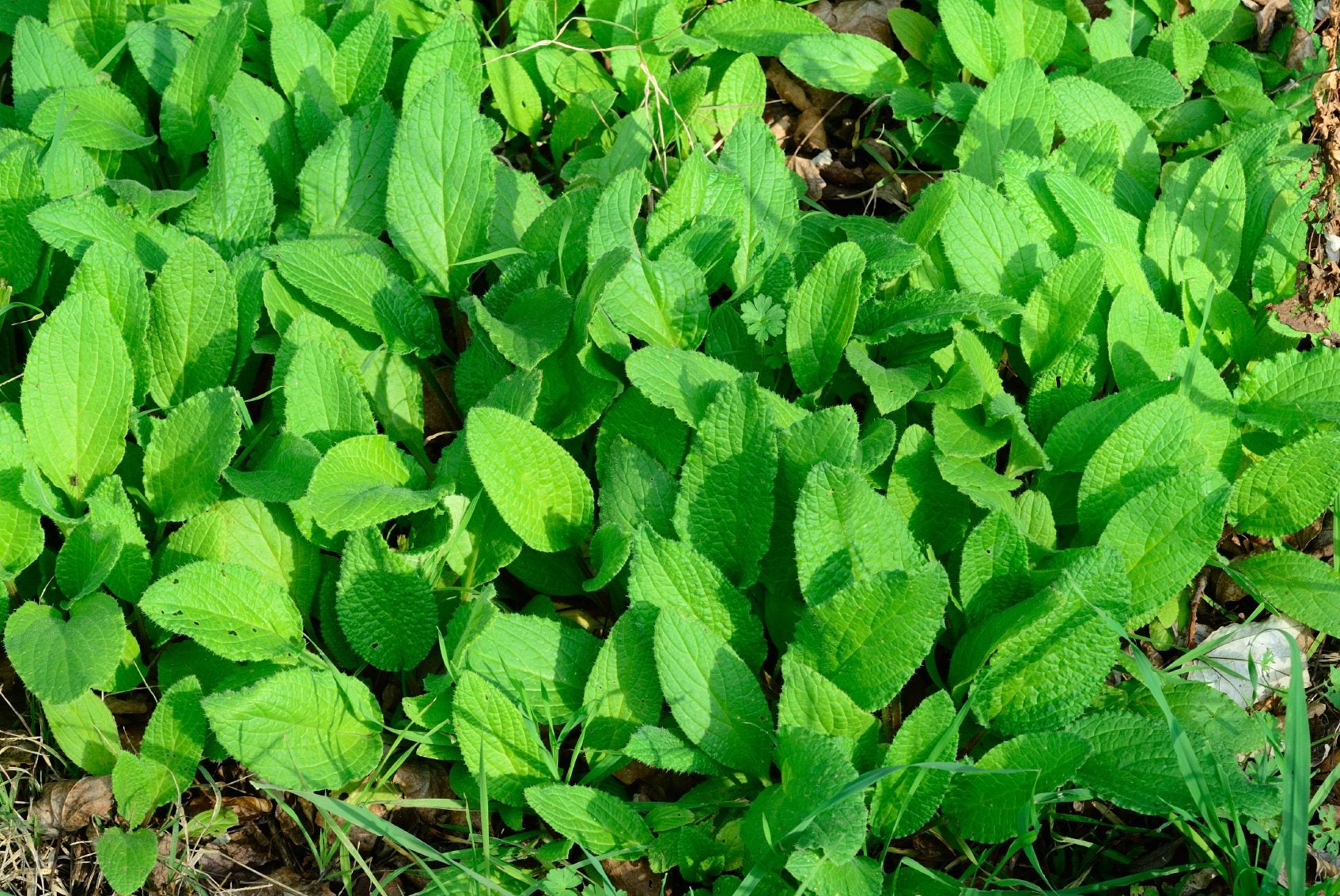 Borage Harvesting: How And When To Harvest Borage Plants
Borage Harvesting: How And When To Harvest Borage PlantsBorage is a self-seeding herb that?s easy to grow and, if allowed to bloom and set seed, will provide year upon year of edible blue blossoms as well as foliage. The question is, when and how to harvest borage? This article will help.
By Amy Grant
-
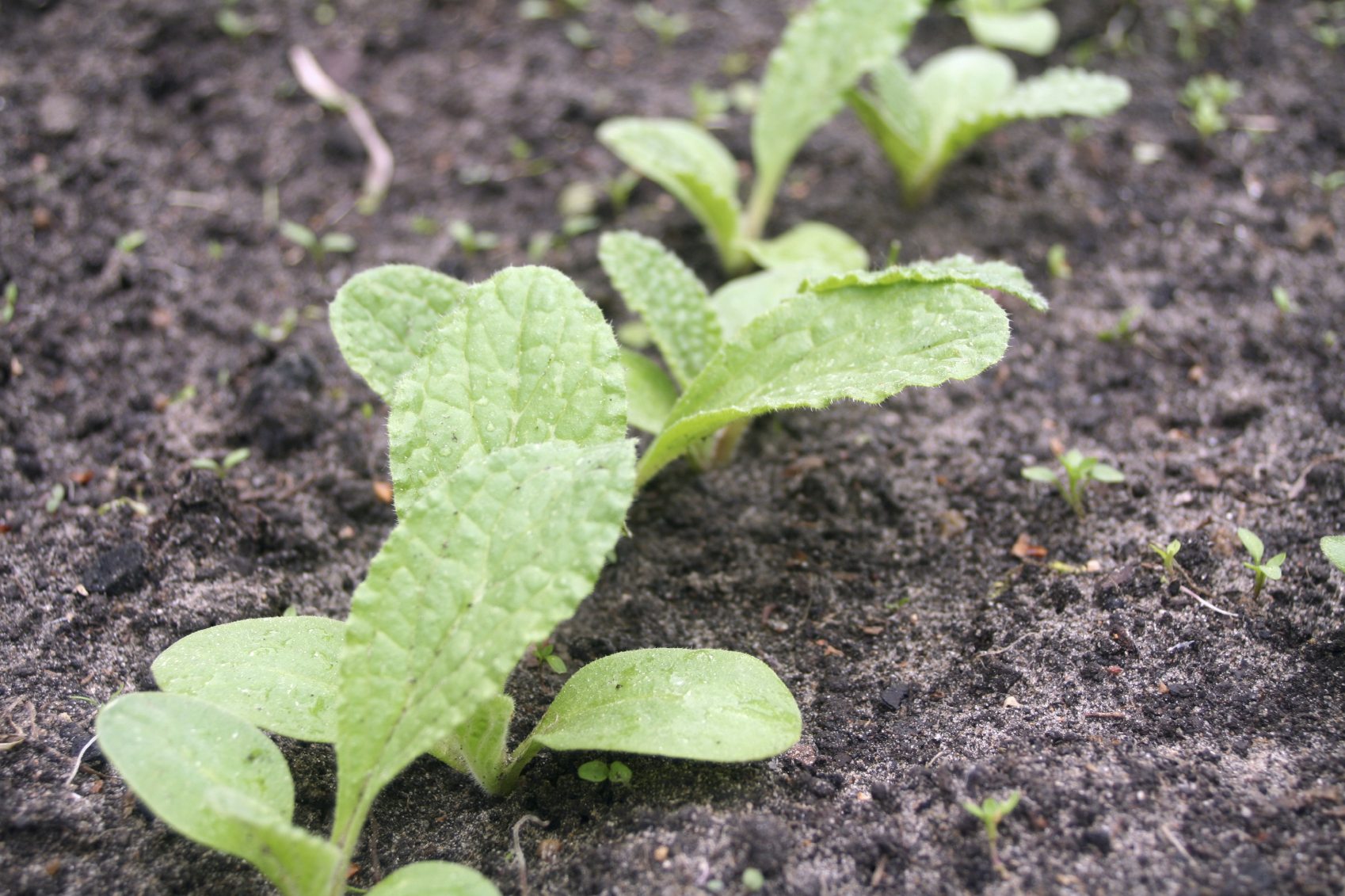 Borage Seed Growing – How To Plant Borage Seeds
Borage Seed Growing – How To Plant Borage SeedsEven if you can't be convinced to bring it into the kitchen, borage is a favorite of bees. Borage is great to have around, and so easy to grow. Learn about borage seed propagation and growing borage from seeds in this article.
By Liz Baessler
-
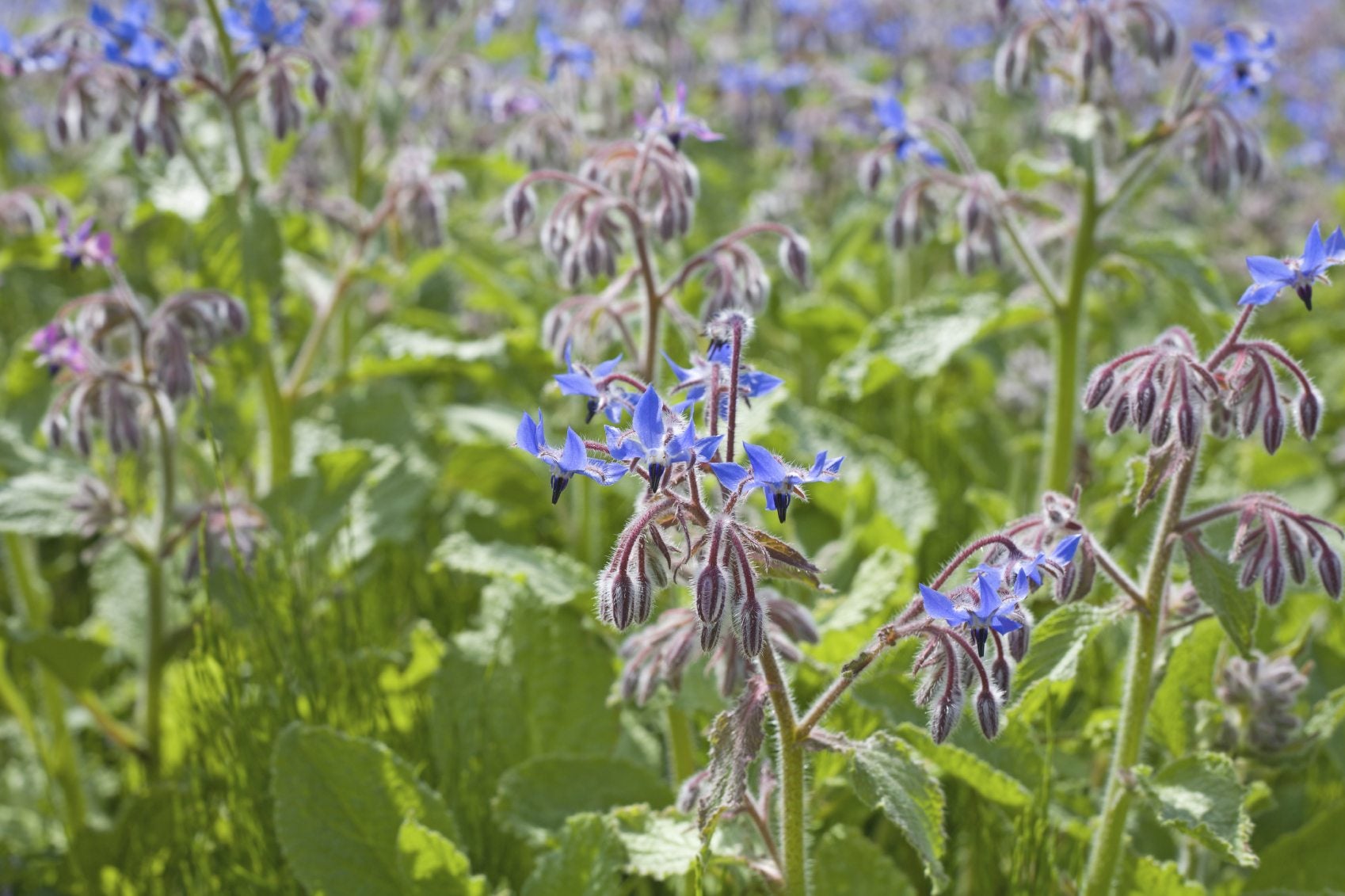 Borage Cover Crops – Using Borage As Green Manure
Borage Cover Crops – Using Borage As Green ManureUsing borage as green manure allows the nutrients brought up by the plant's deep taproot to be dispersed into the upper areas of soil when the plant composts. The result is healthy soil, rich in nutrients and deeply aerated earth. Learn more here.
By Bonnie L. Grant
-
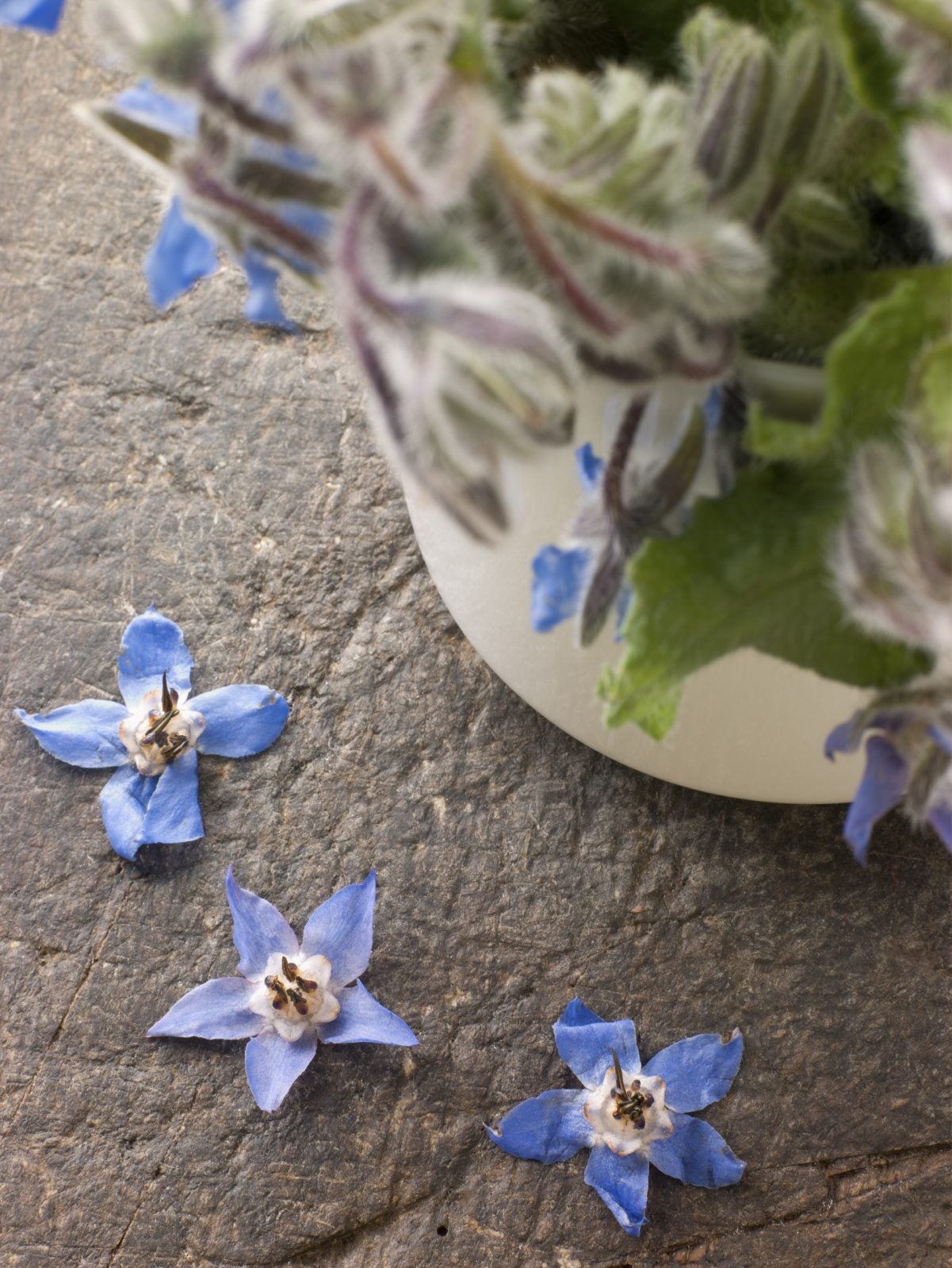 Container Grown Borage: Learn About Growing Borage In Pots
Container Grown Borage: Learn About Growing Borage In PotsIf you don't have space in your garden, or if you're concerned about the plant's rambunctious growth habit, consider growing borage in containers. This article will help get you started with growing borage in pots.
By Mary H. Dyer
-
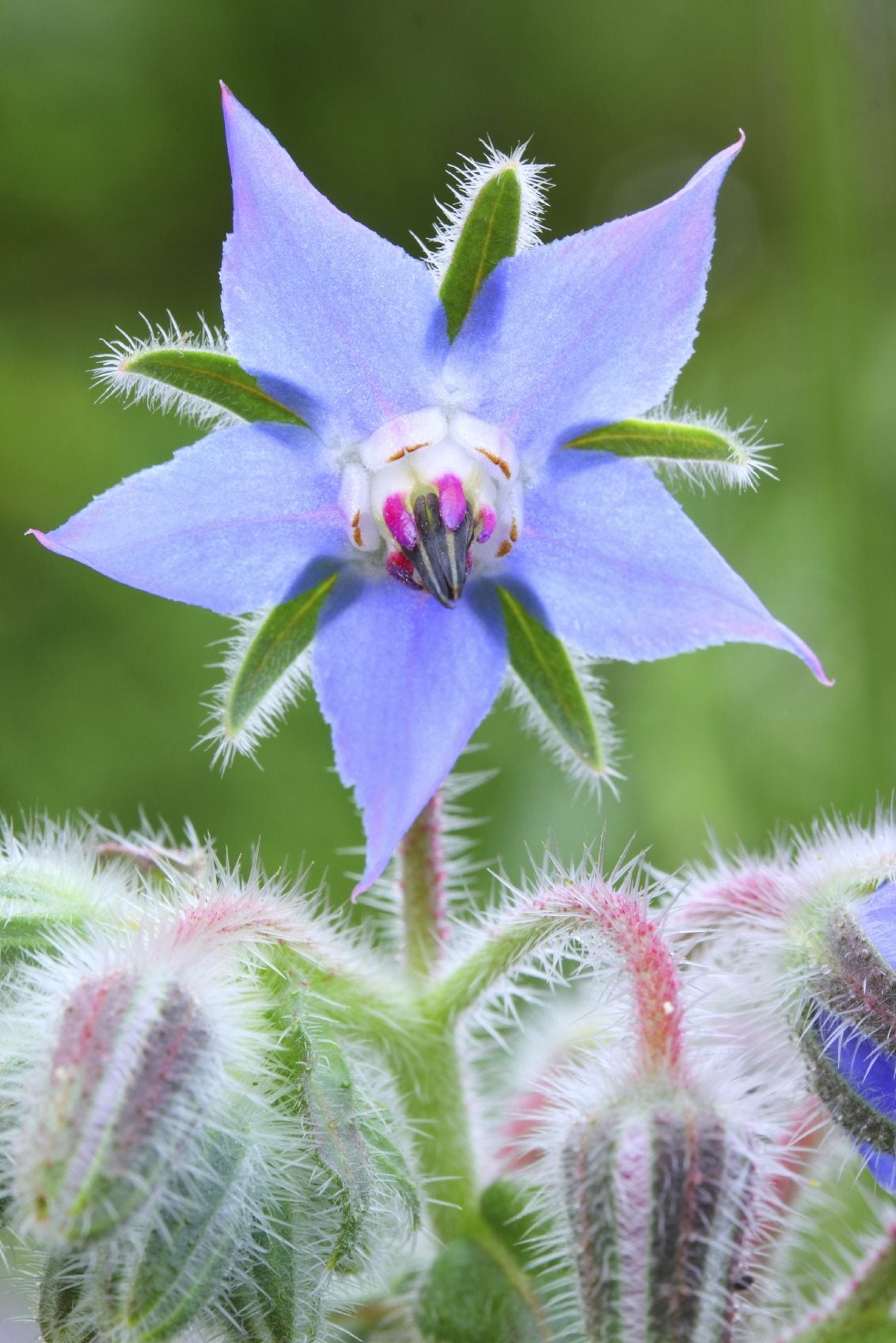 Borage Varieties – Are There Different Borage Flowers
Borage Varieties – Are There Different Borage FlowersBorage is a tall, sturdy herb distinguished by deep green leaves covered with fuzzy, white hairs. Home herb gardeners can select from four primary varieties of borage, all equally beautiful and easy to grow. Learn more about various borage plant types here.
By Mary H. Dyer
-
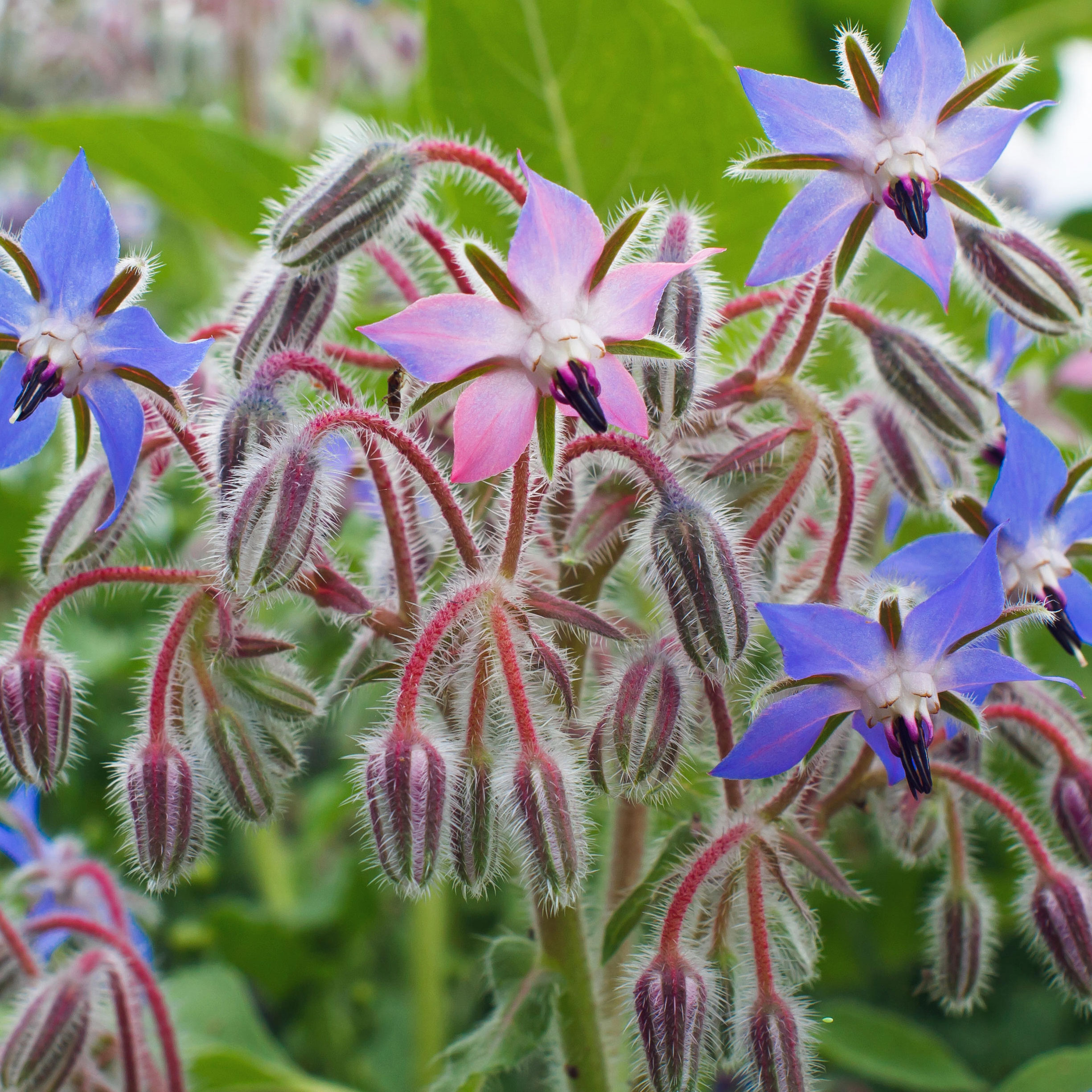 Planting Borage: Ultimate Growing Guide For Sublime Starflowers
Planting Borage: Ultimate Growing Guide For Sublime StarflowersWith its bright blue, bee-friendly flowers, the starflower is a versatile annual herb. Our expert guide to planting borage shows you how to make more of this edible beauty
By Bonnie L. Grant